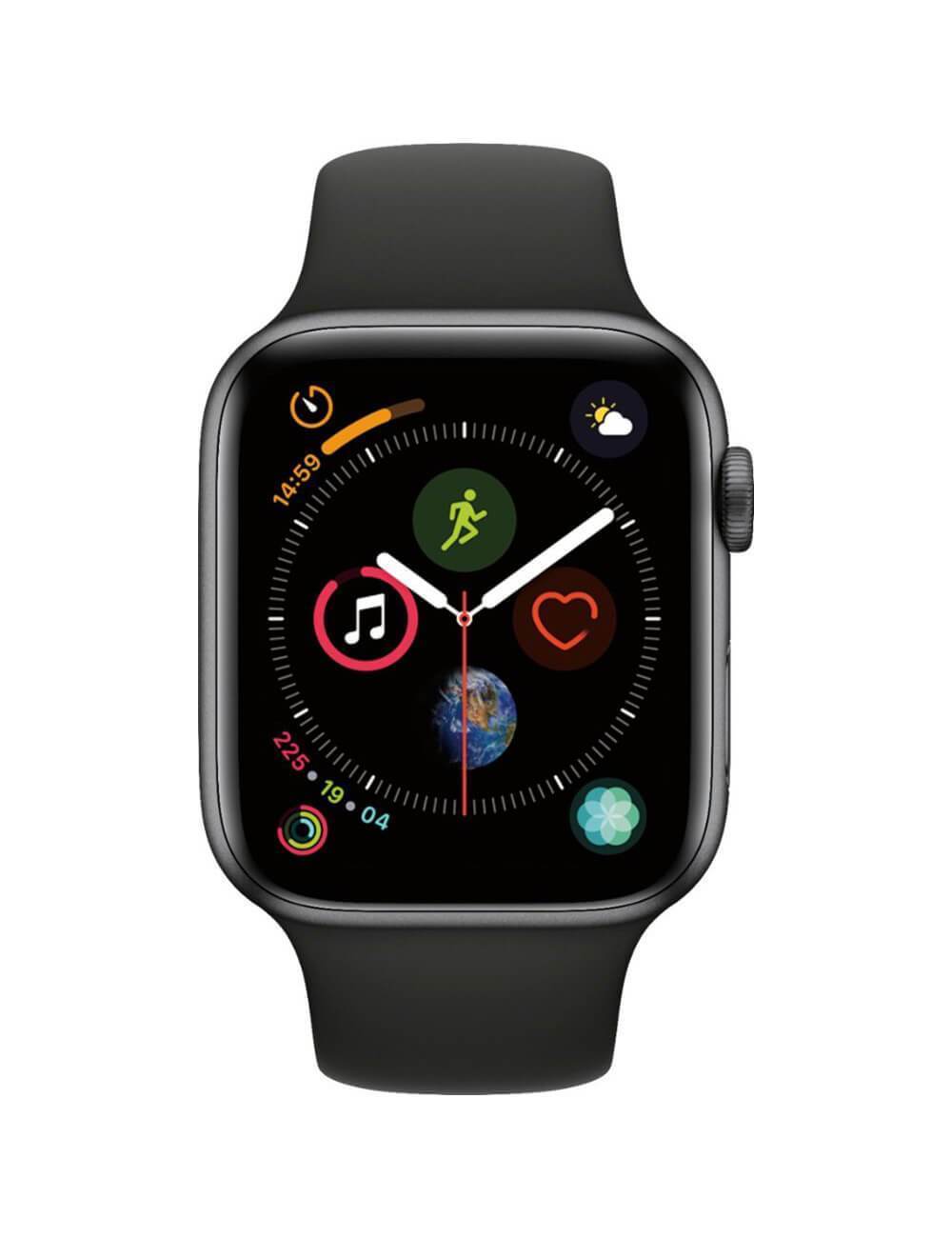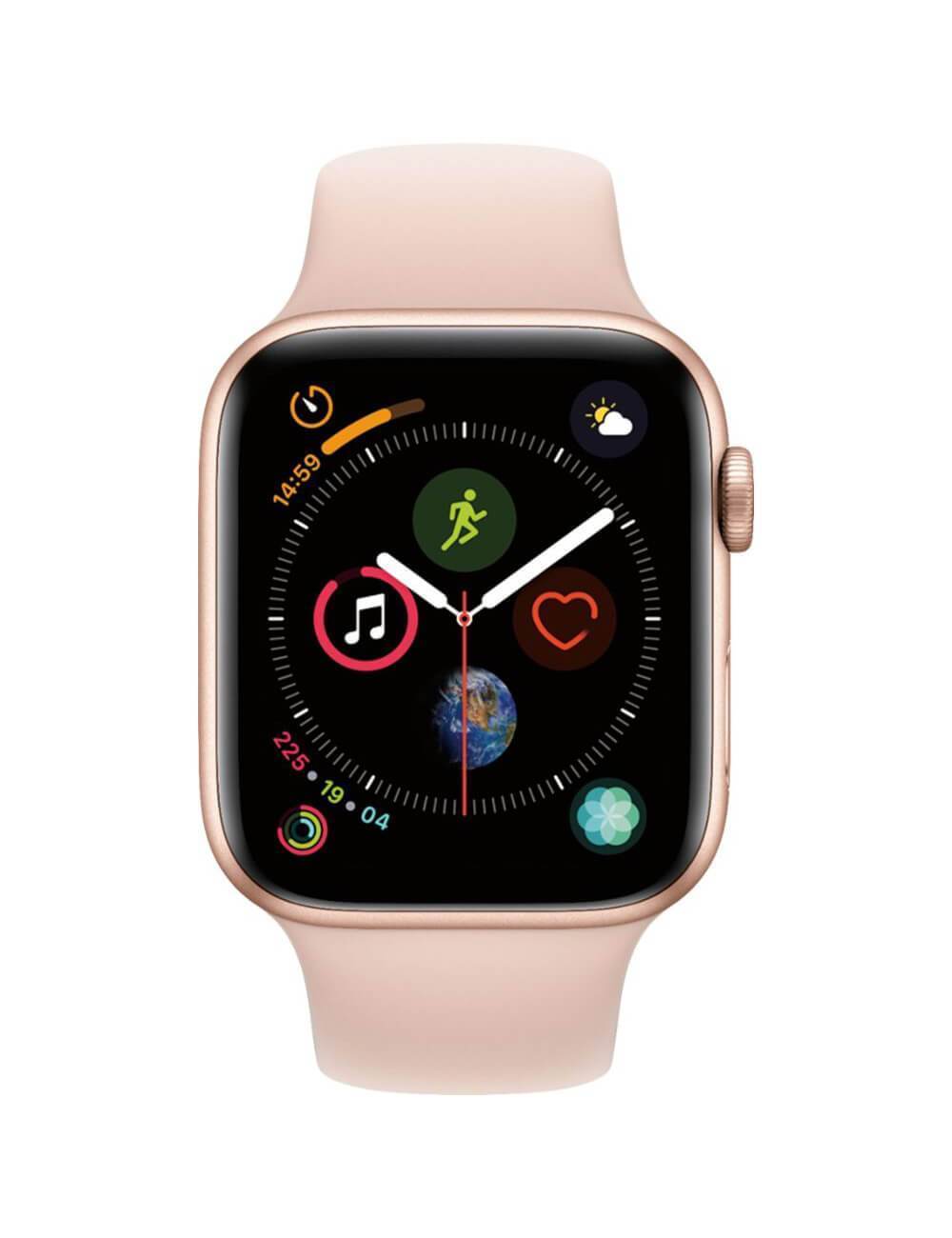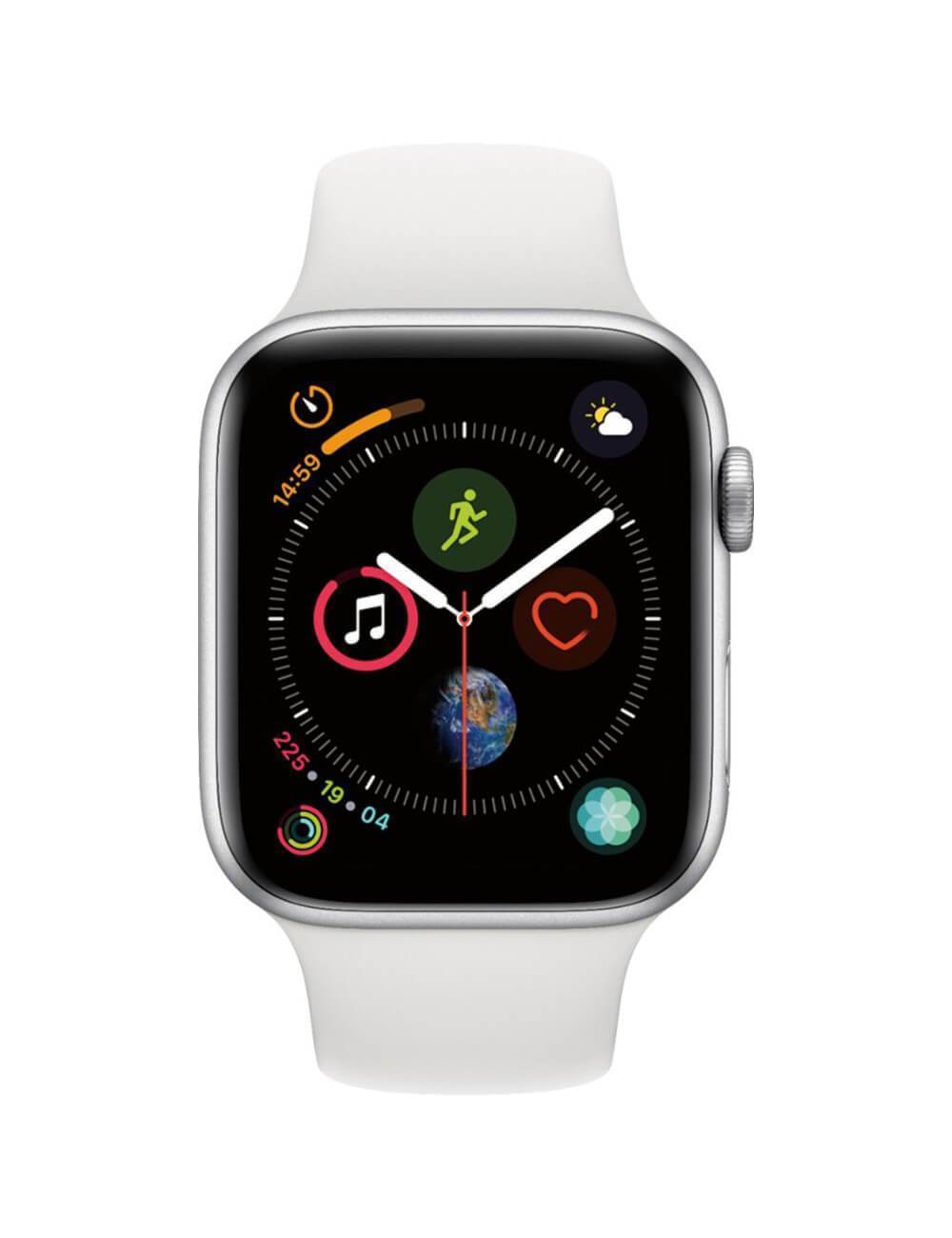



Watches evolved from portable spring-driven clocks, which first appeared in 15th century Europe. Watches were not widely worn in pockets until the 17th century. One account says that the word "watch" came from the Old English word woecce which meant "watchman", because it was used by town watchmen to keep track of their shifts at work. Another says that the term came from 17th century sailors, who used the new mechanisms to time the length of their shipboard watches (duty shifts).
Drawing of one of his first balance springs, attached to a balance wheel, by Christiaan Huygens, published in his letter in the Journal des Sçavants of 25 February 1675. The application of the spiral balance spring (spiral hairspring) for watches ushered in a new era of accuracy for portable timekeepers, similar to that which the pendulum had introduced for clocks.
A great leap forward in accuracy occurred in 1657 with the addition of the balance spring to the balance wheel, an invention disputed both at the time and ever since between Robert Hooke and Christiaan Huygens. This innovation increased watches' accuracy enormously, reducing error from perhaps several hours per day to perhaps 10 minutes per day, resulting in the addition of the minute hand to the face from around 1680 in Britain and 1700 in France.
No Video
While there isn't a law requiring ecommerce stores to have a Return Policy, you may need one if you wish to enforce your terms and parameters of returns and refunds.
For example, in the state of New York, if a retailer does not provide a Return & Refund Policy, the retailer will be required to accept returns and give refunds for all merchandise returned within 30 days of purchase. If you wish to limit this in any way, you will need to create and post a Return Policy with your own custom terms.
Another reason for having a Return Policy even if not required by law is that most consumers prefer to shop at retailers with a clearly-posted Return Policy. This is especially important when shopping online, as more issues are likely when purchasing something without being able to see it in person first. If you don't have a Return Policy, you may be at the mercy of state laws regulating return and refund timeframes. You may also lose potential customers who are concerned about not being able to return a product if they need or want to.
WORLDWIDE
GUARANTEE
PAYMENT
POLICY
























